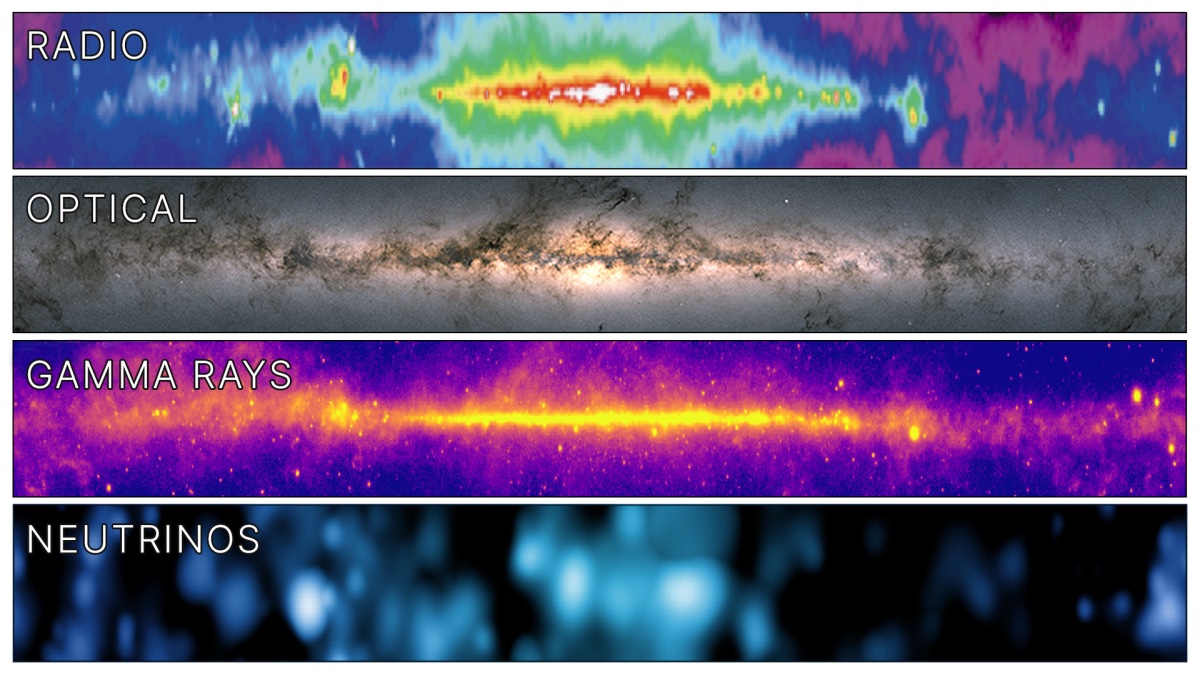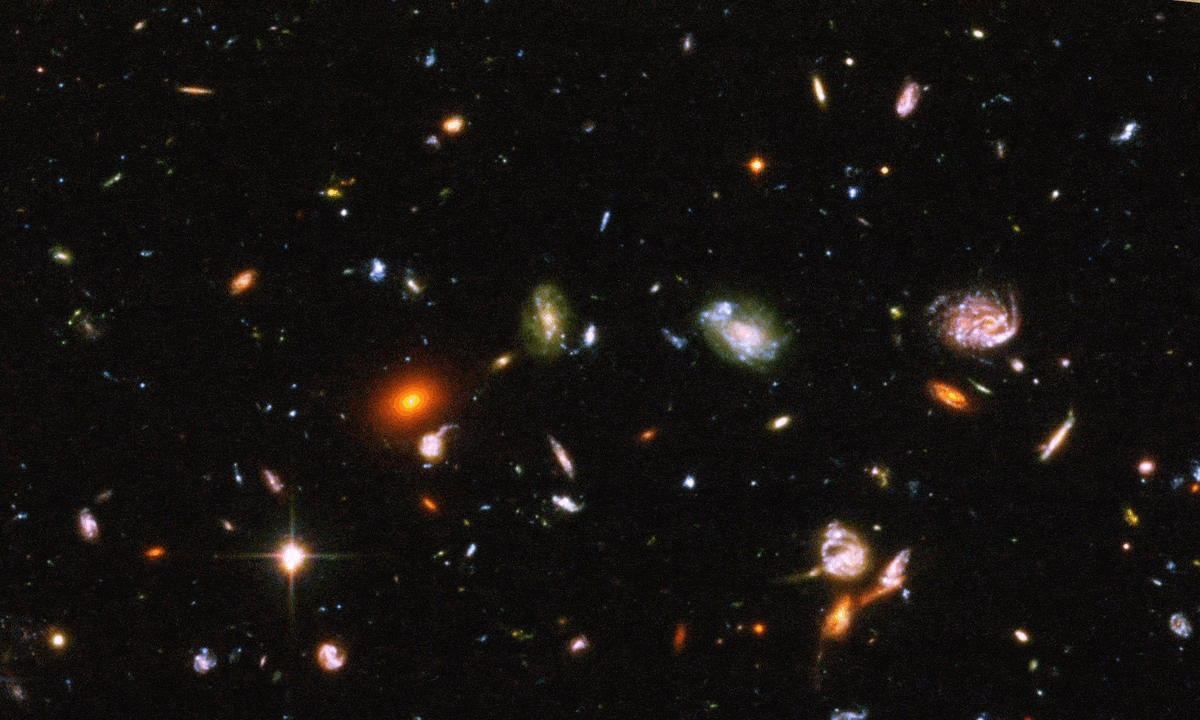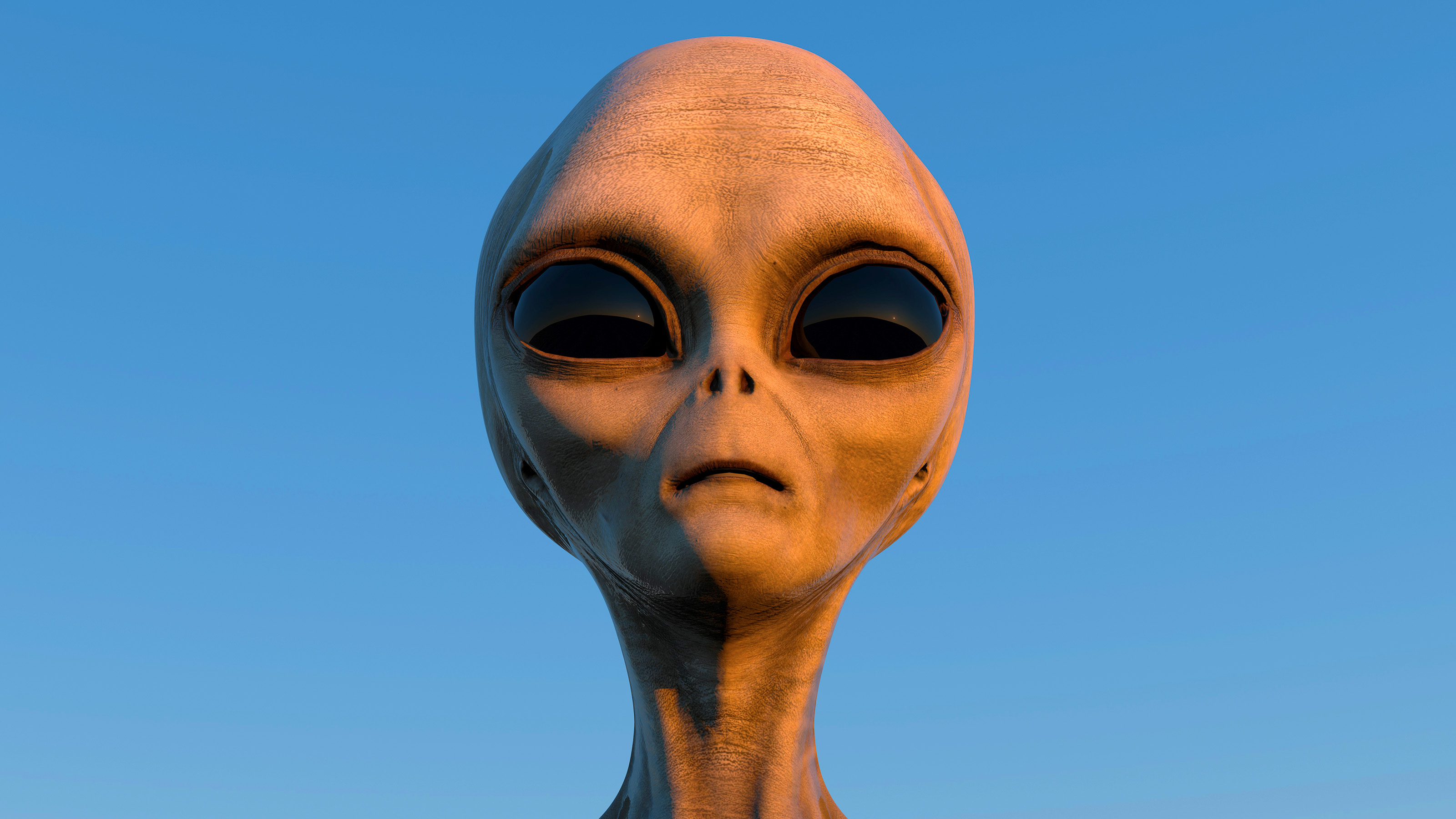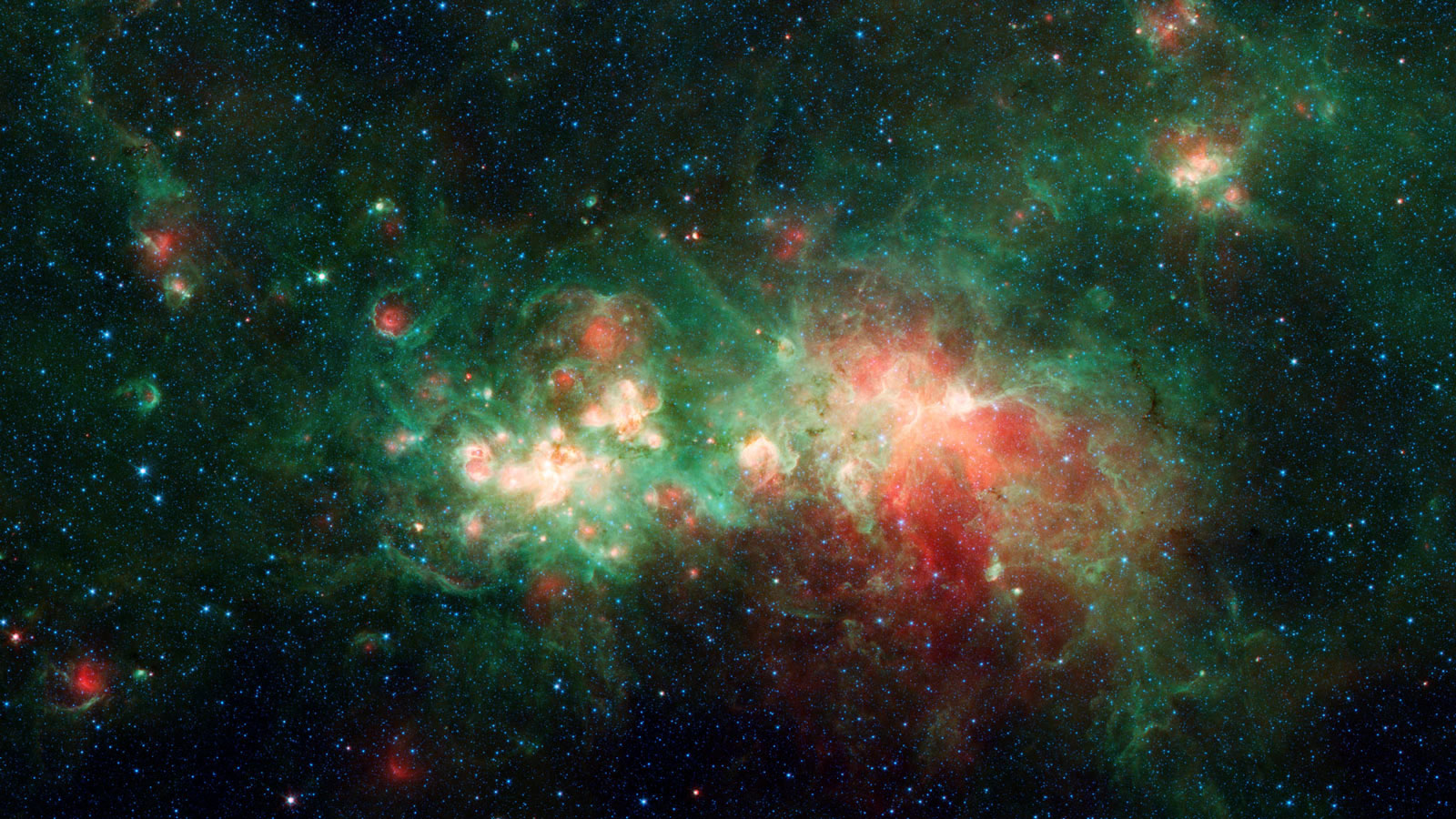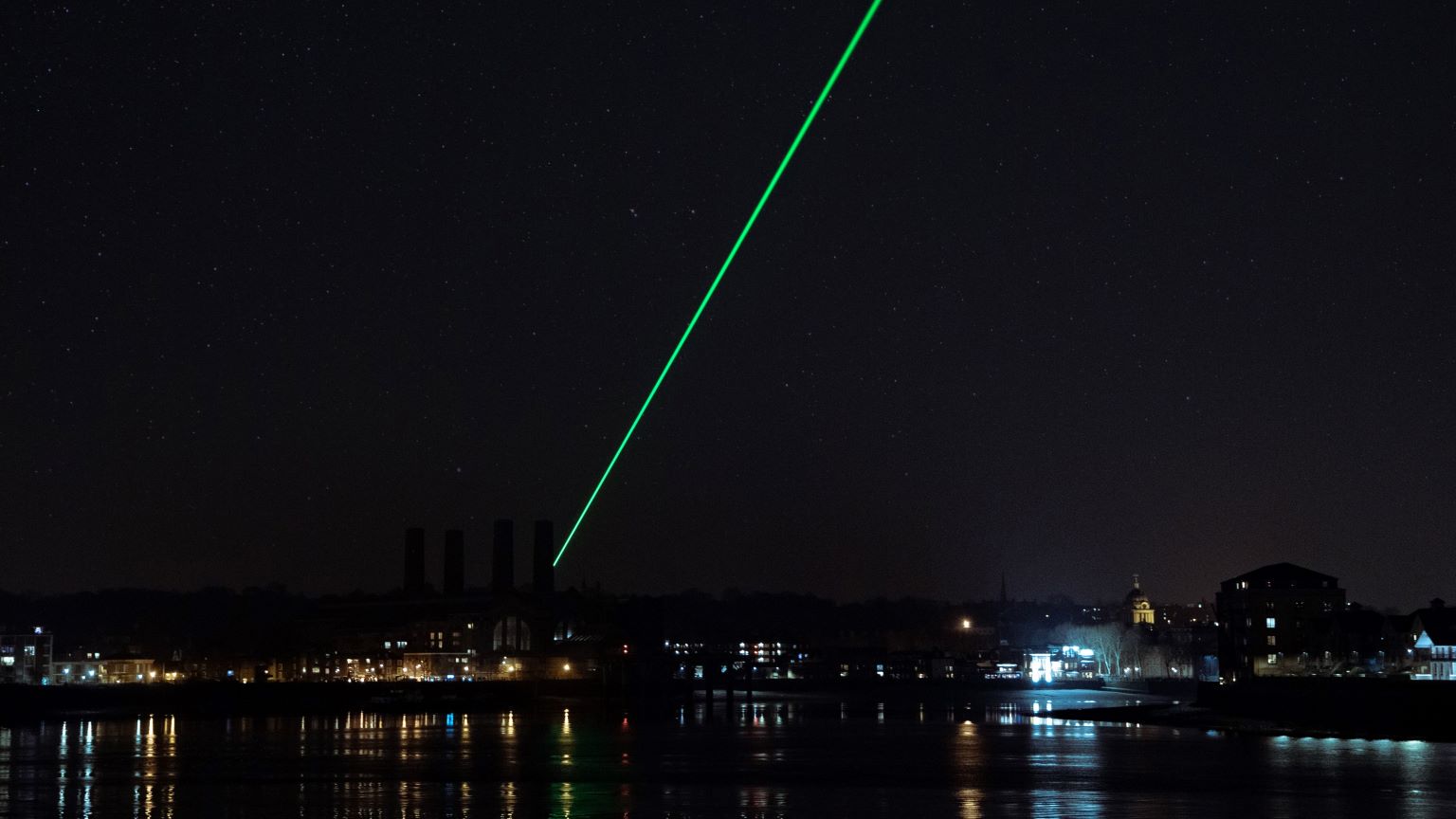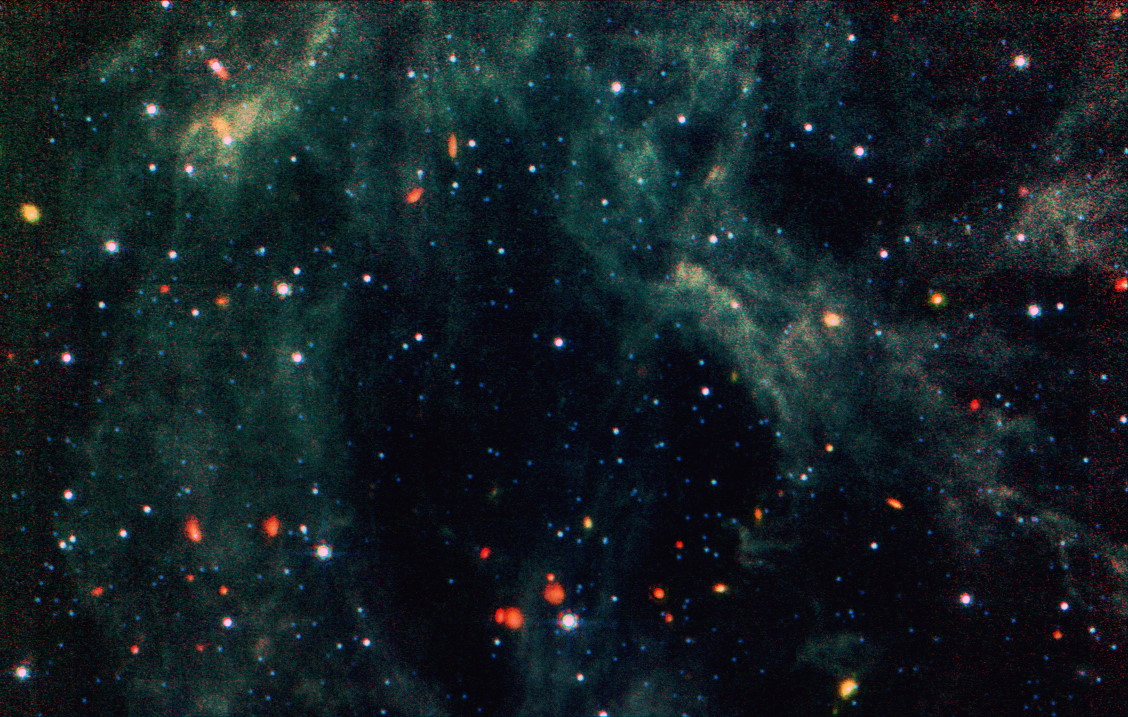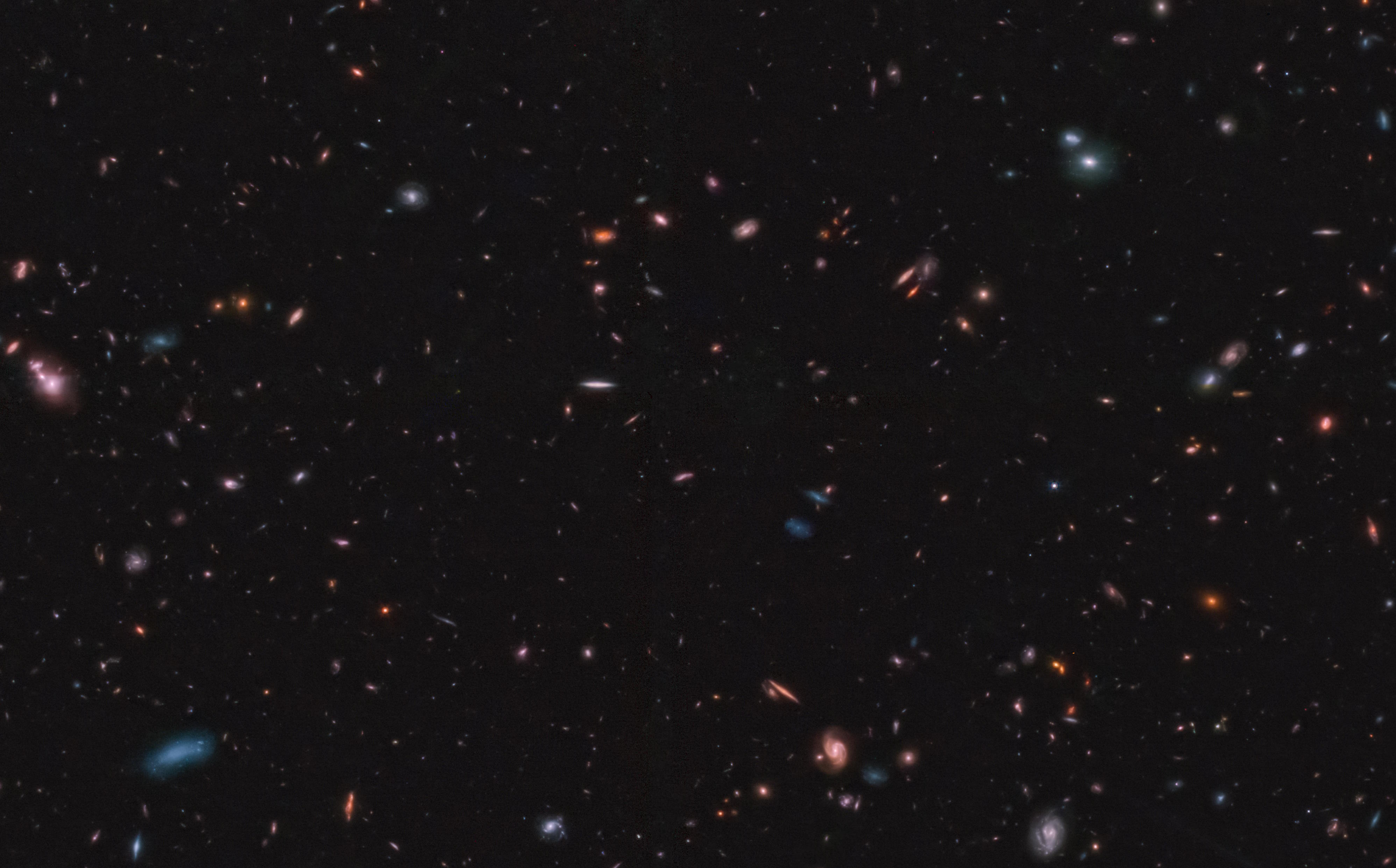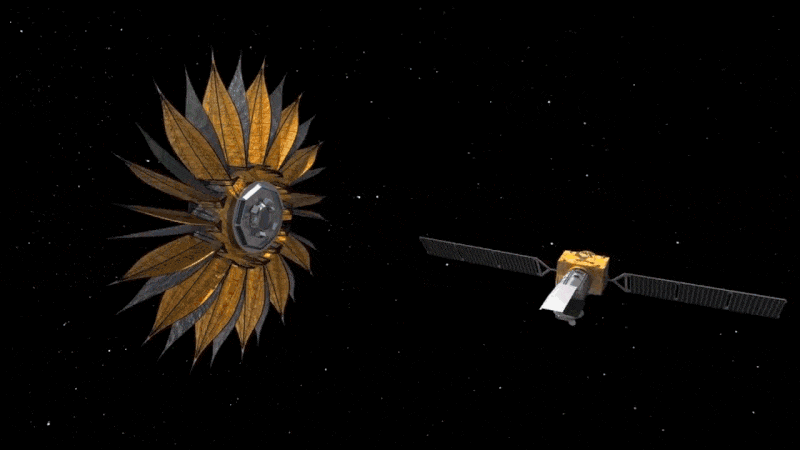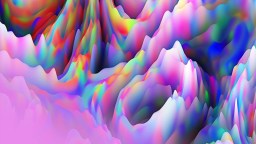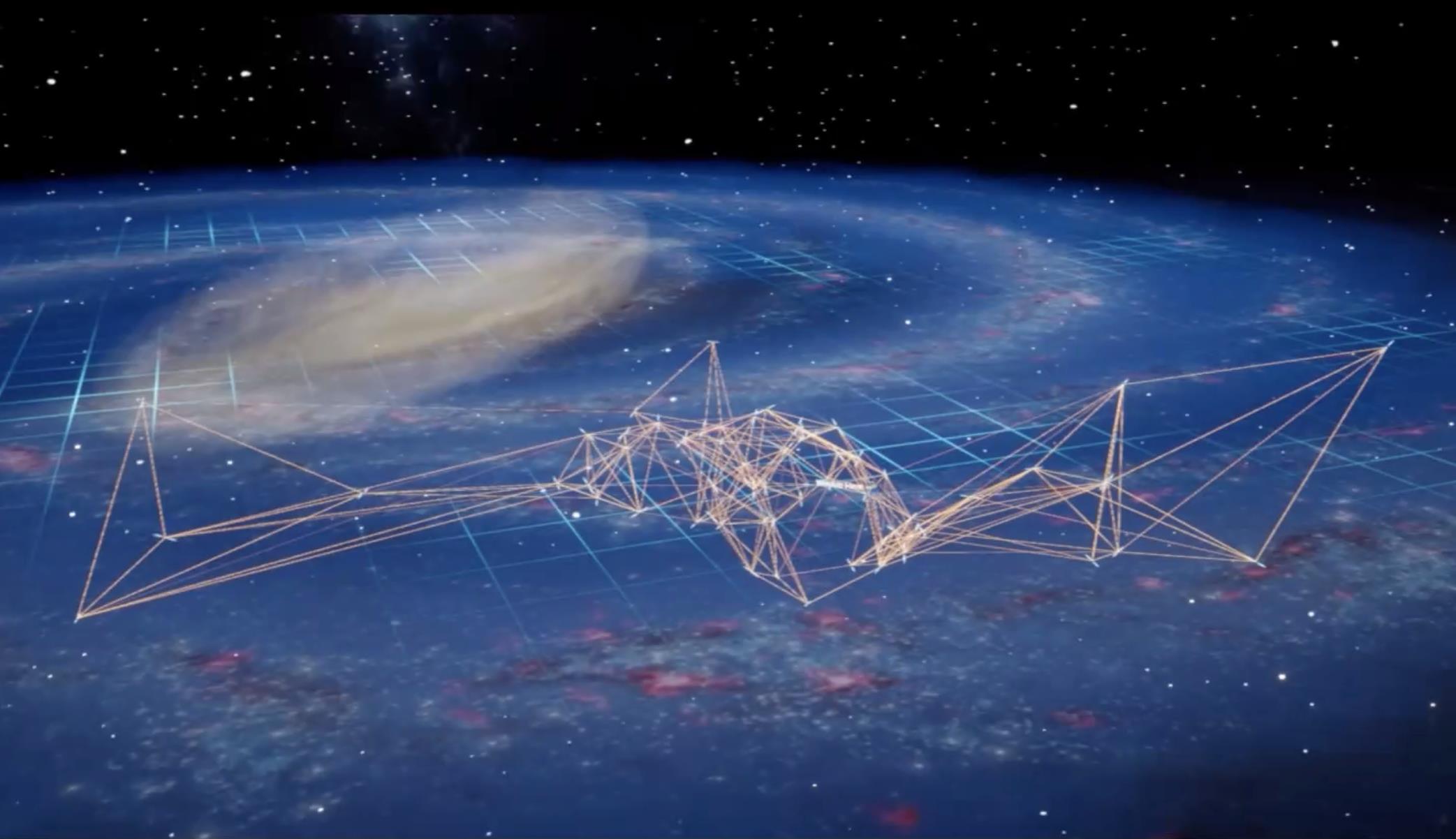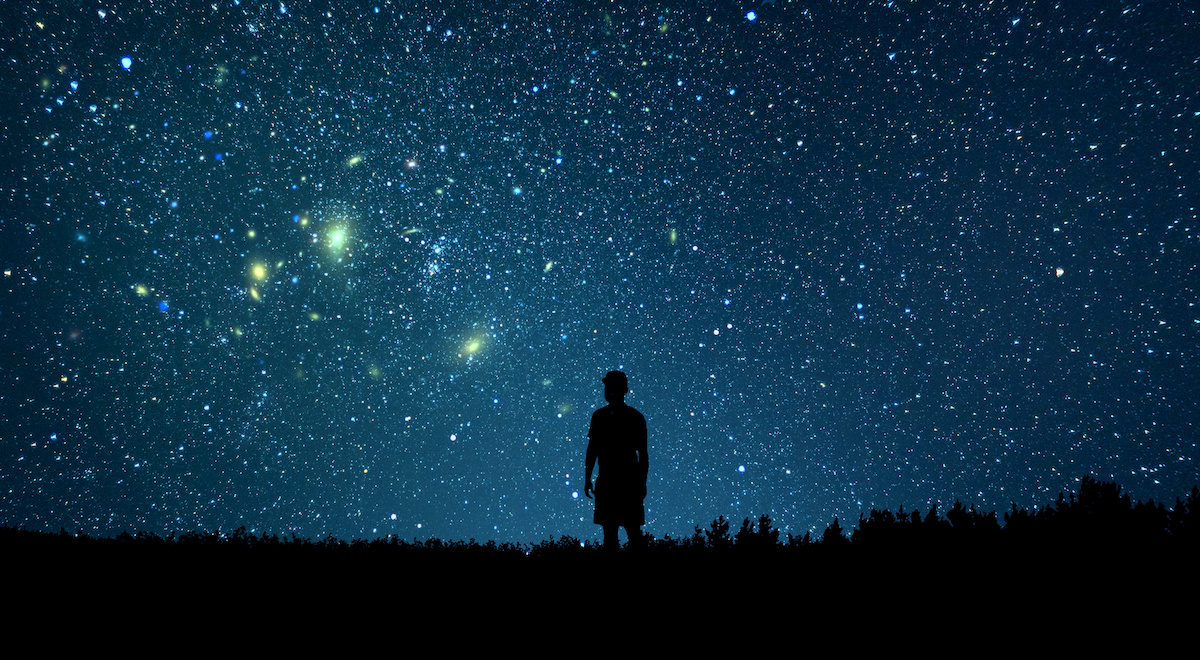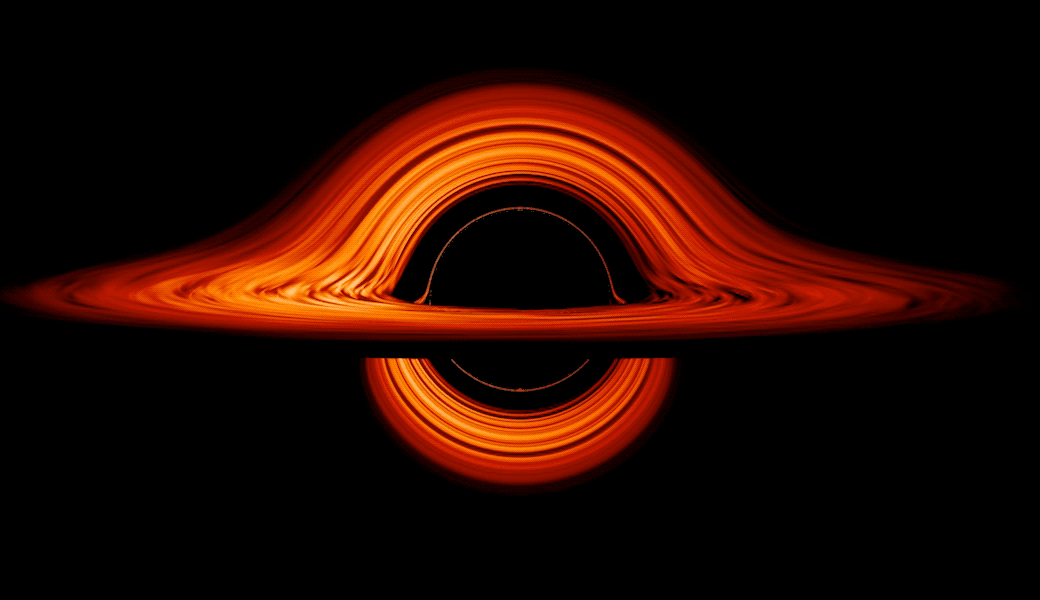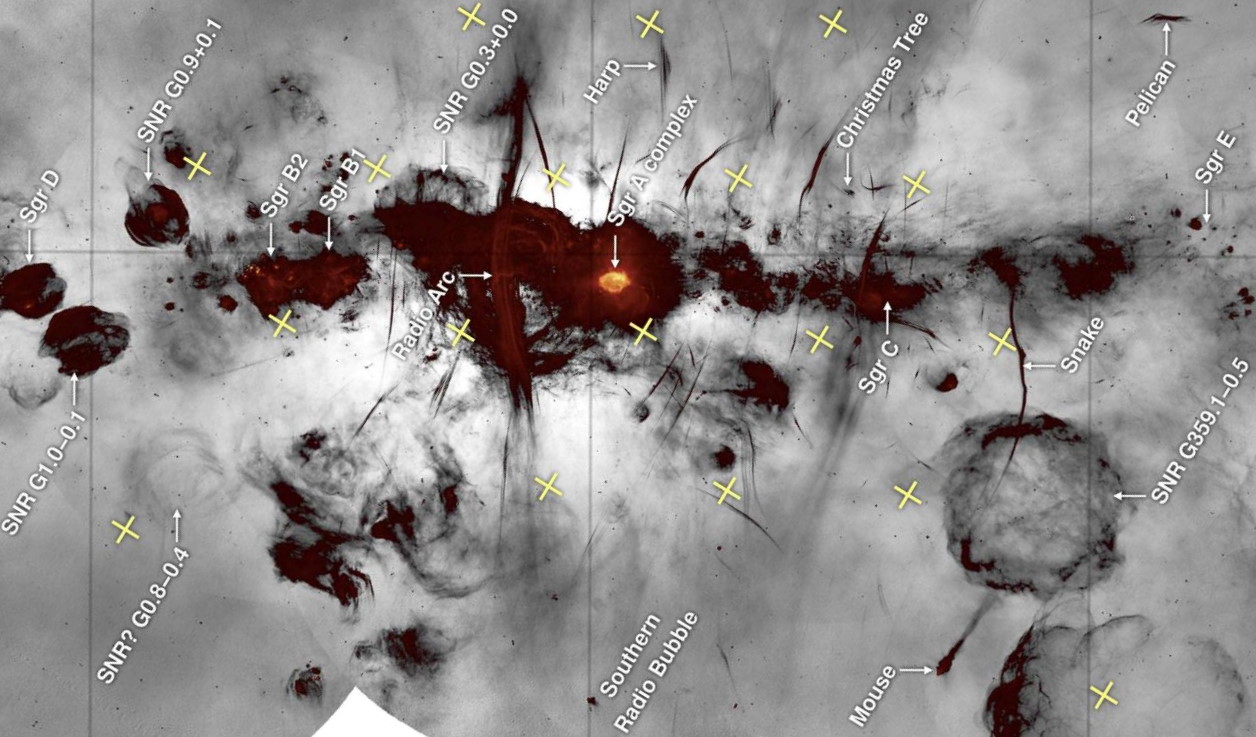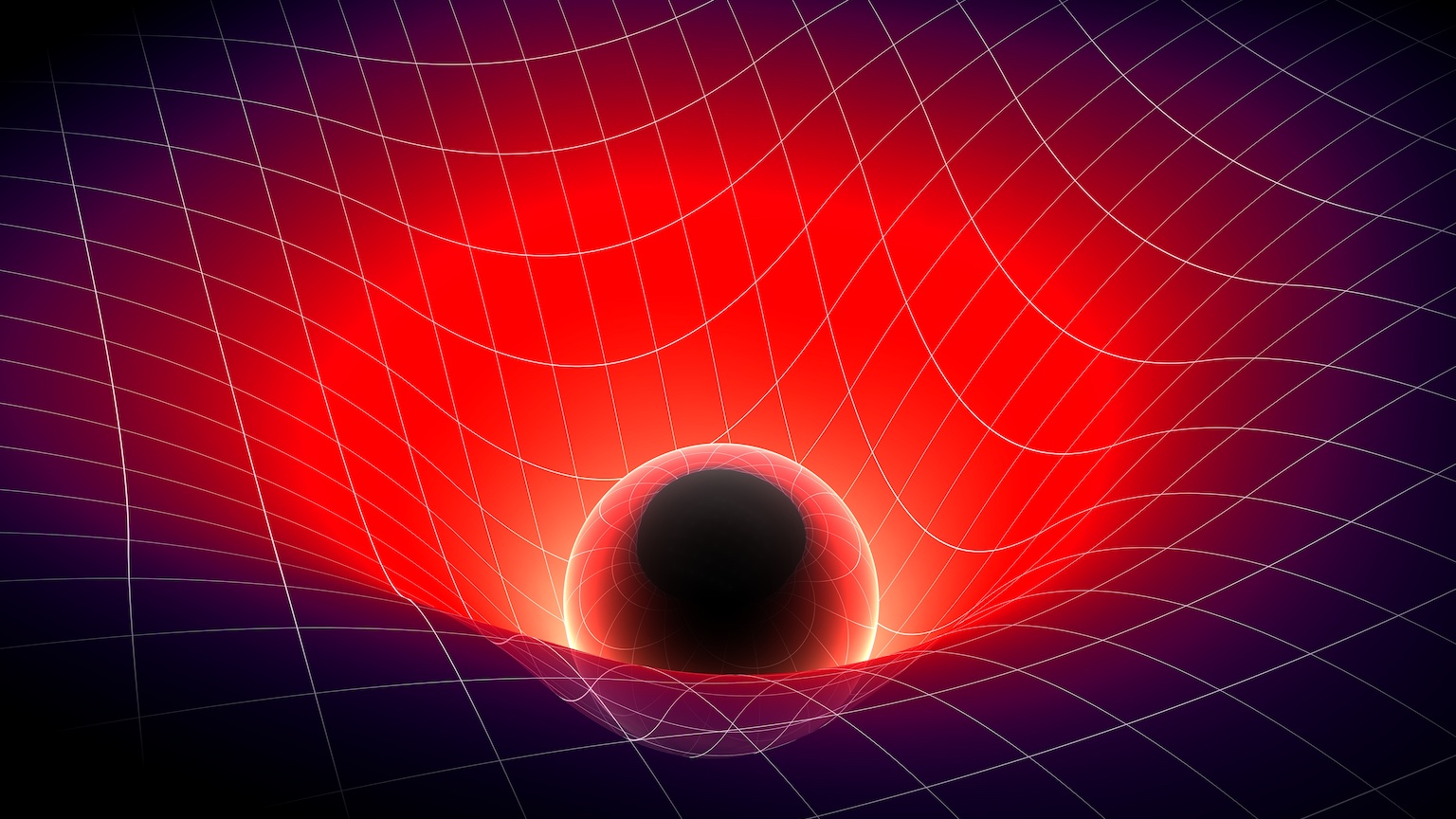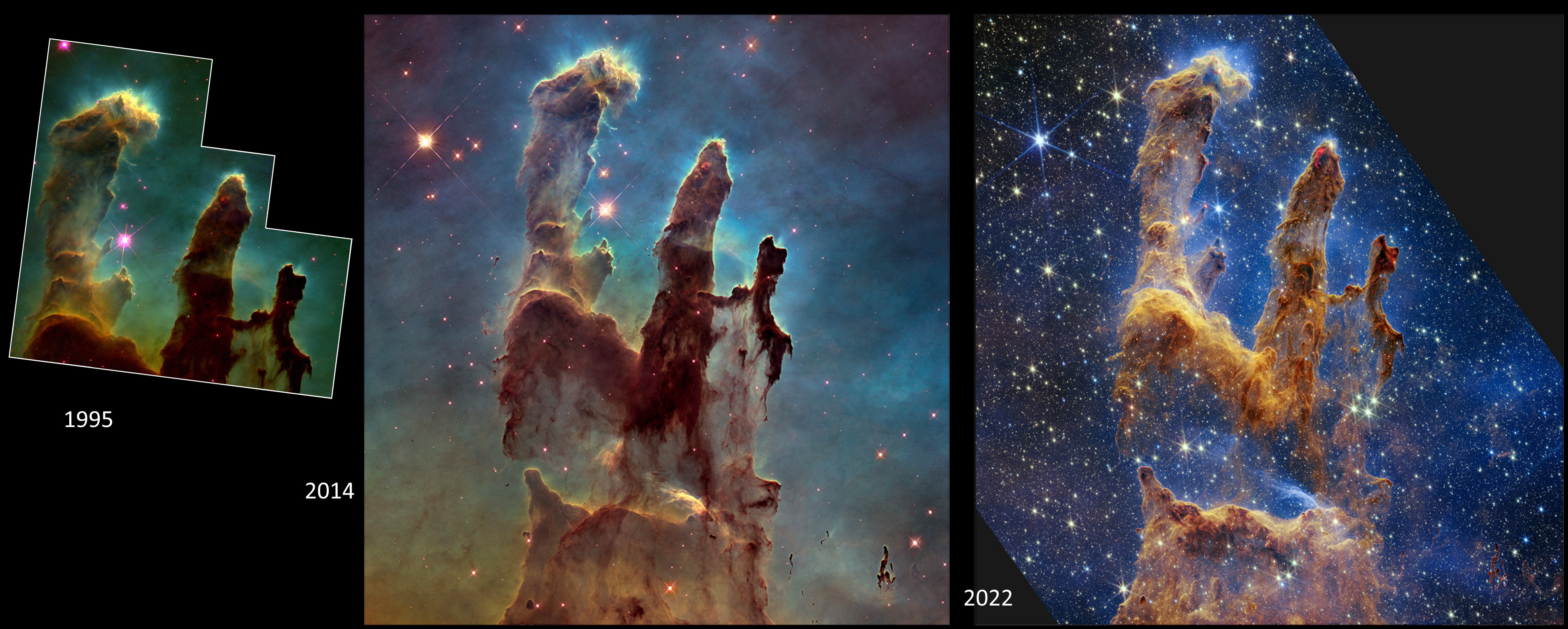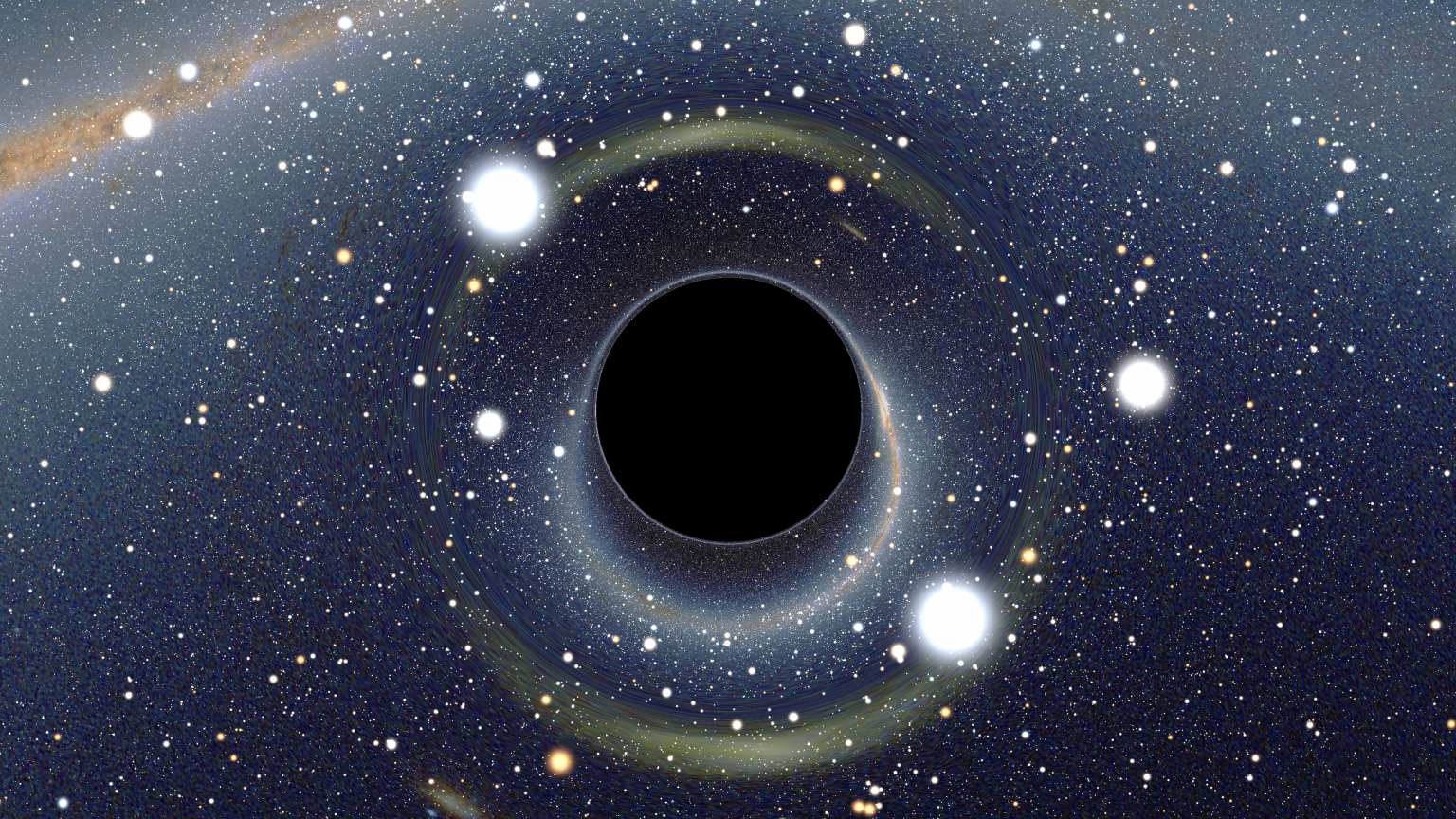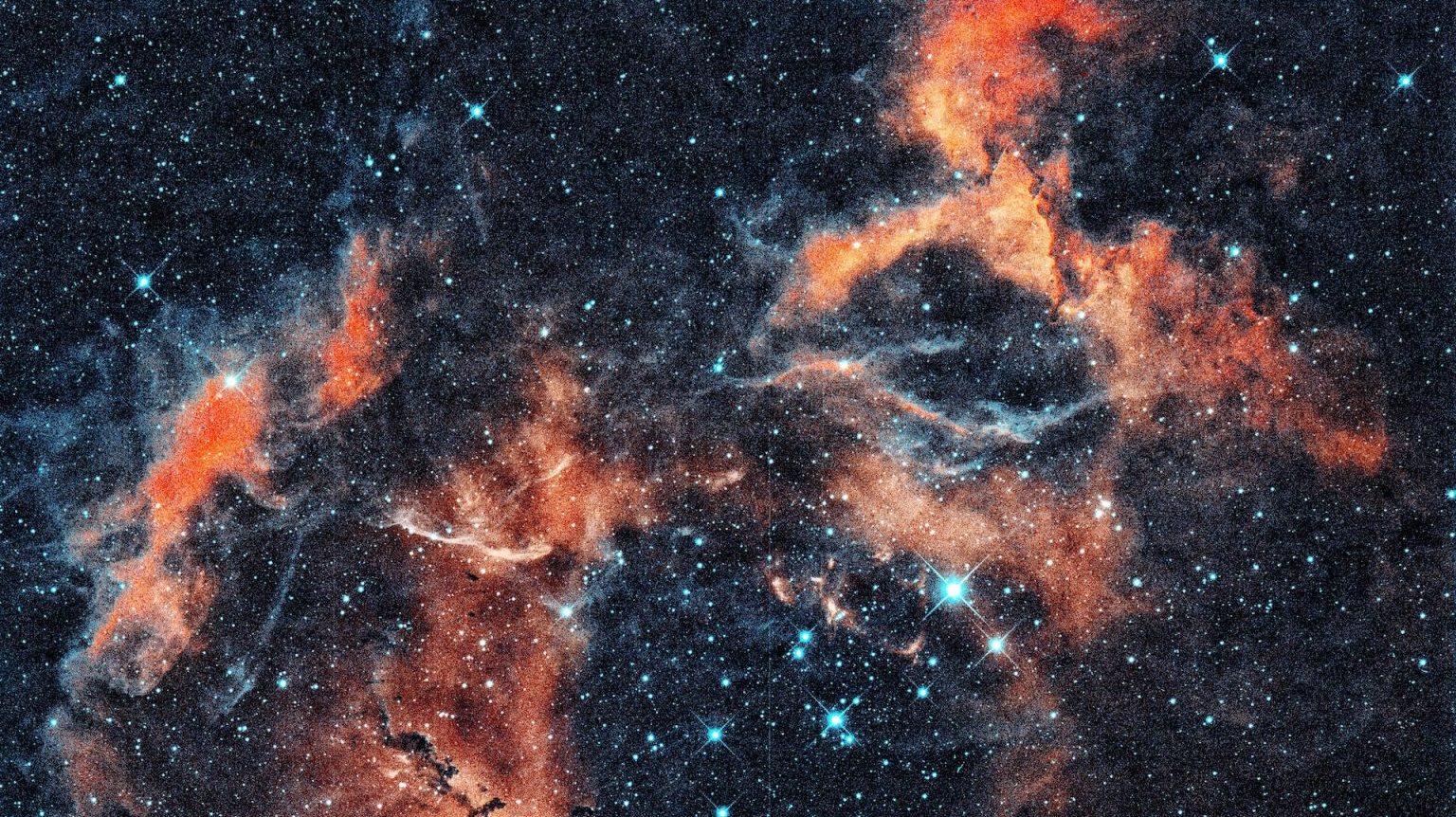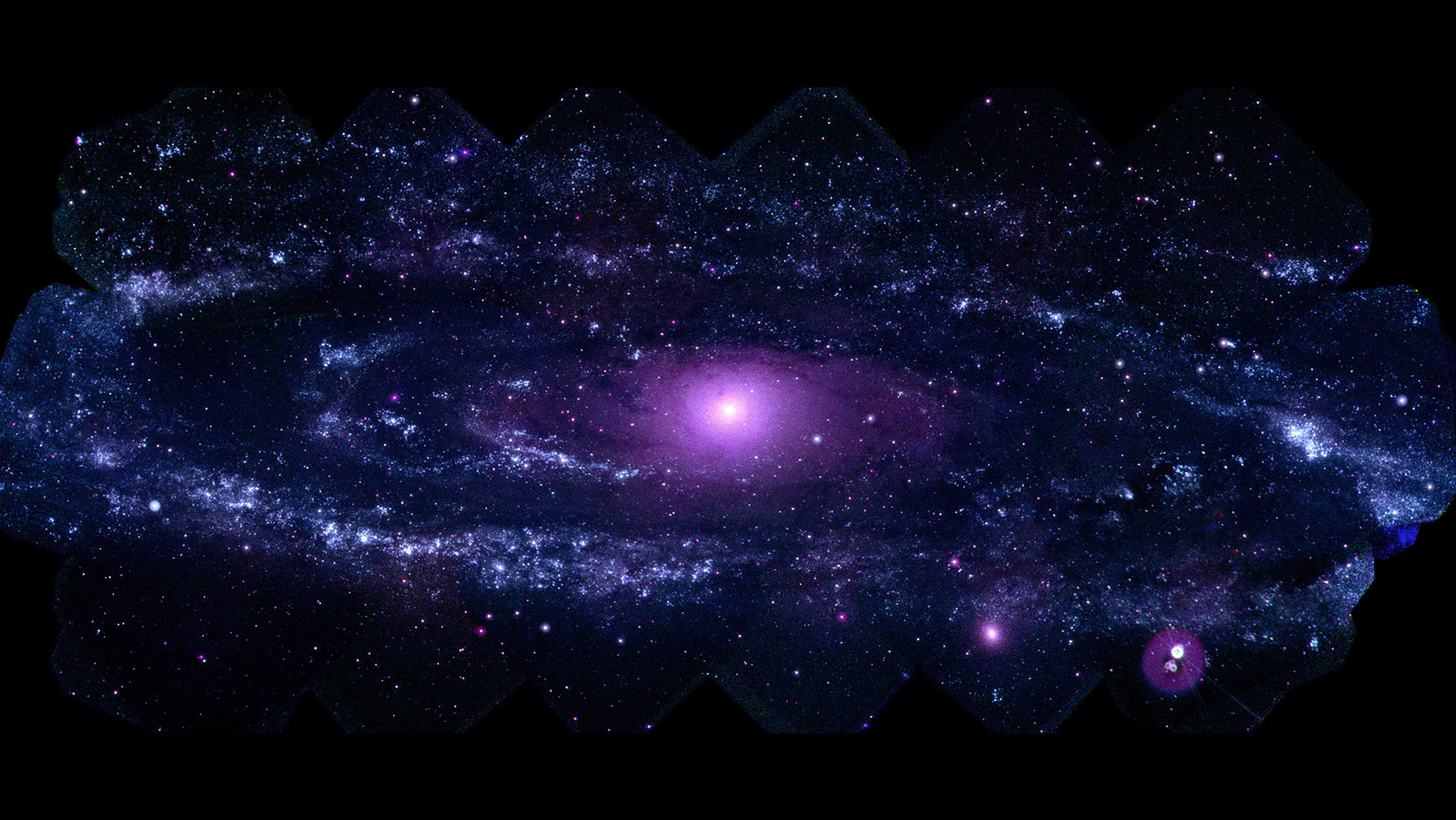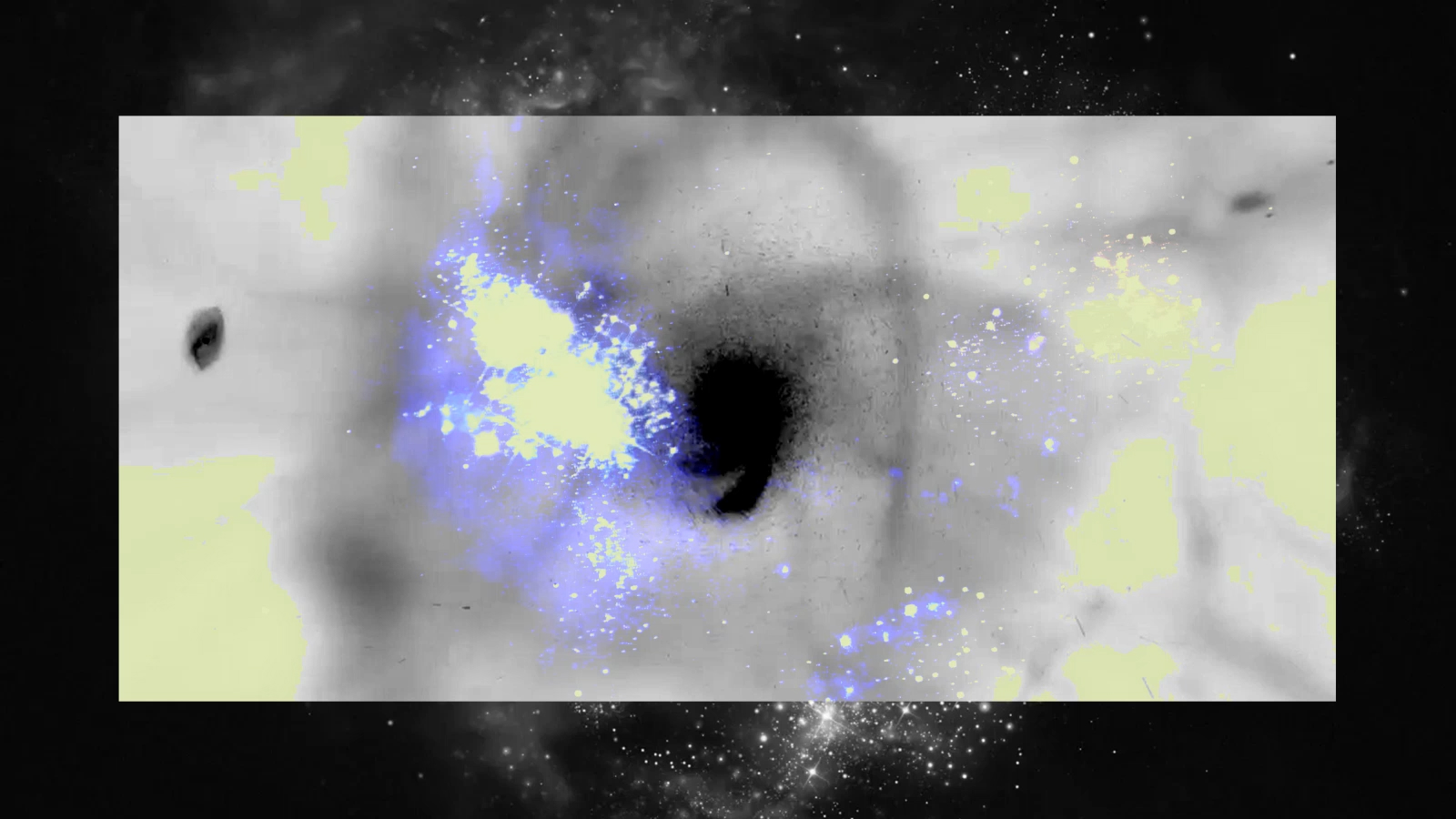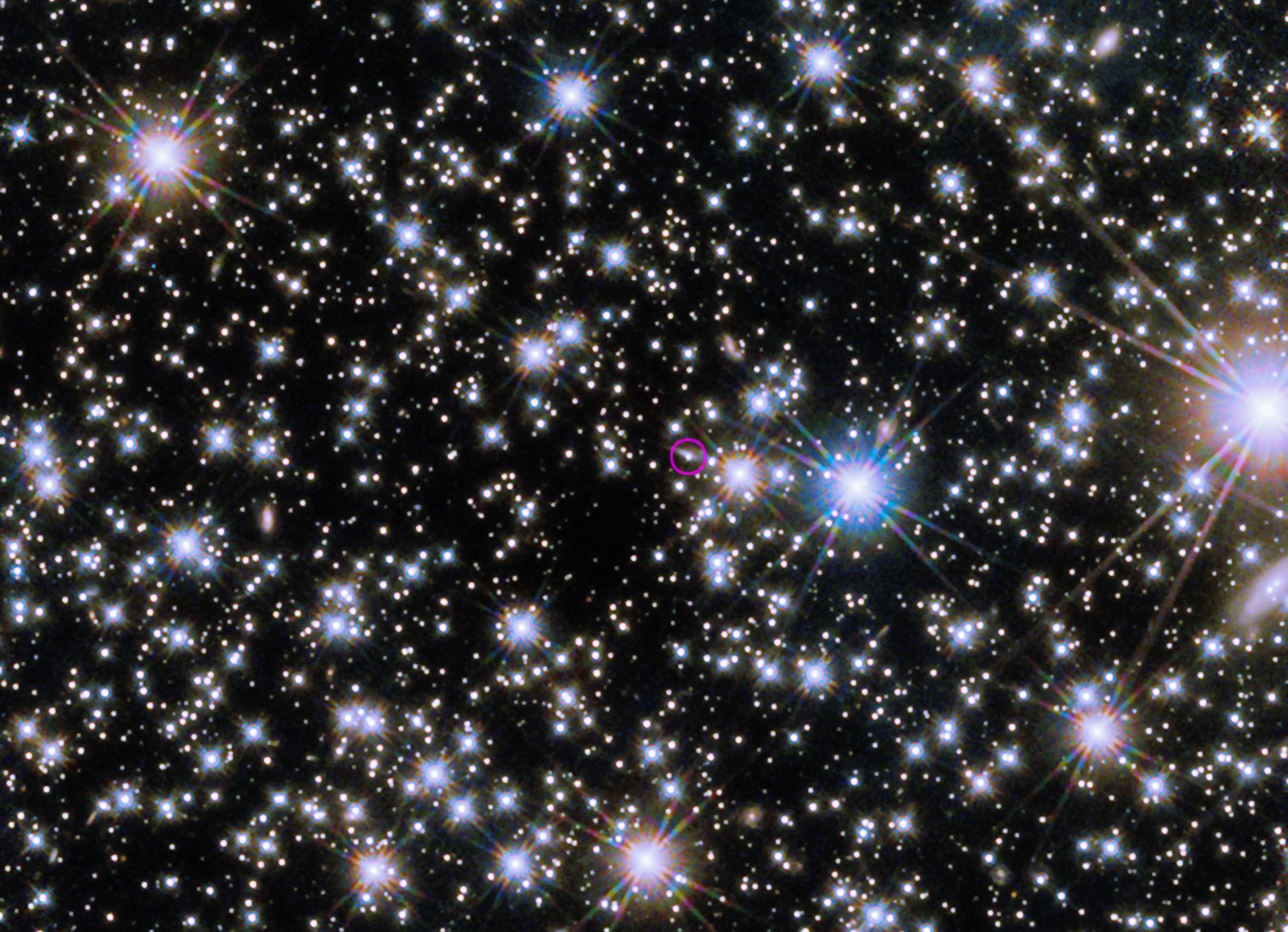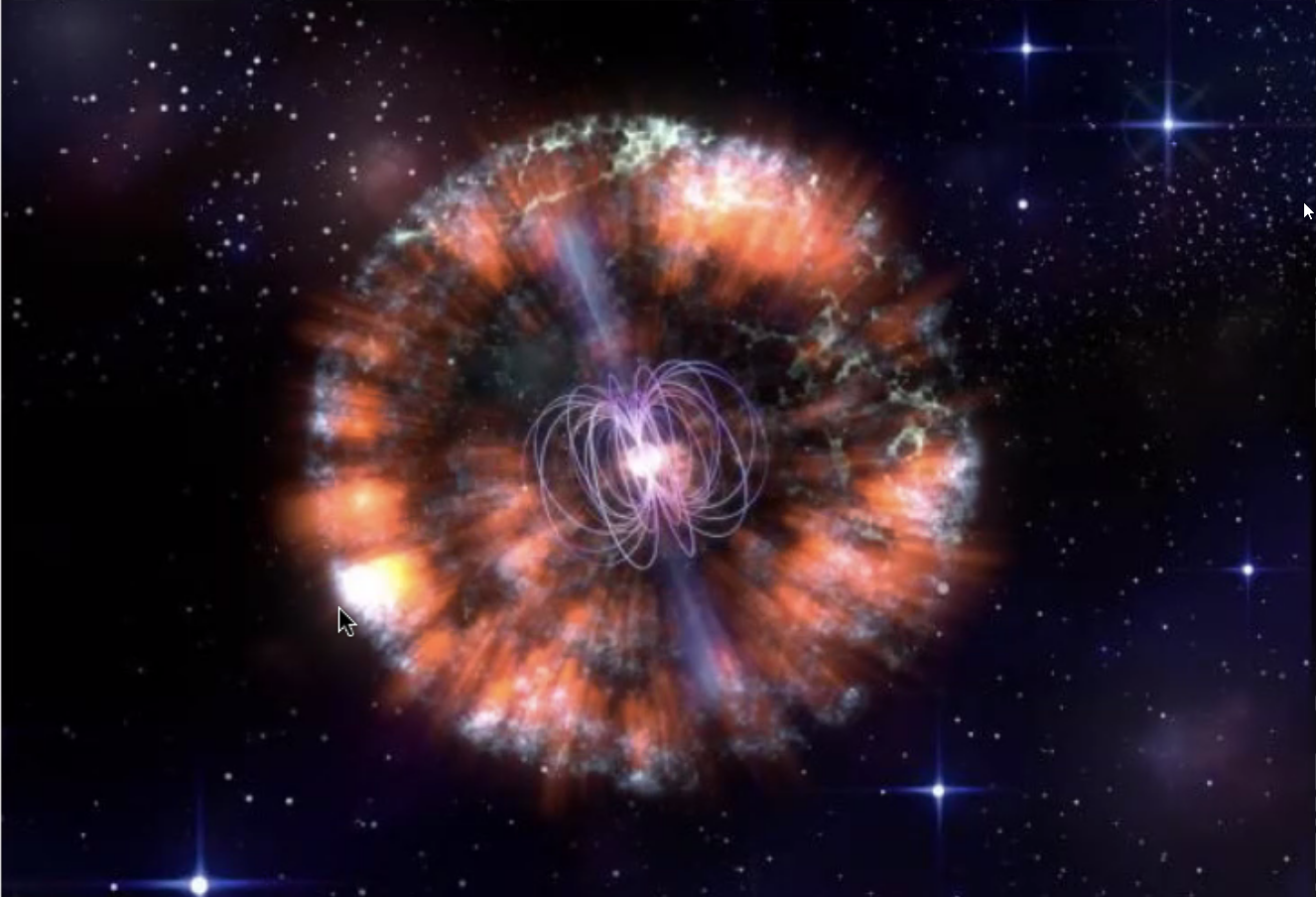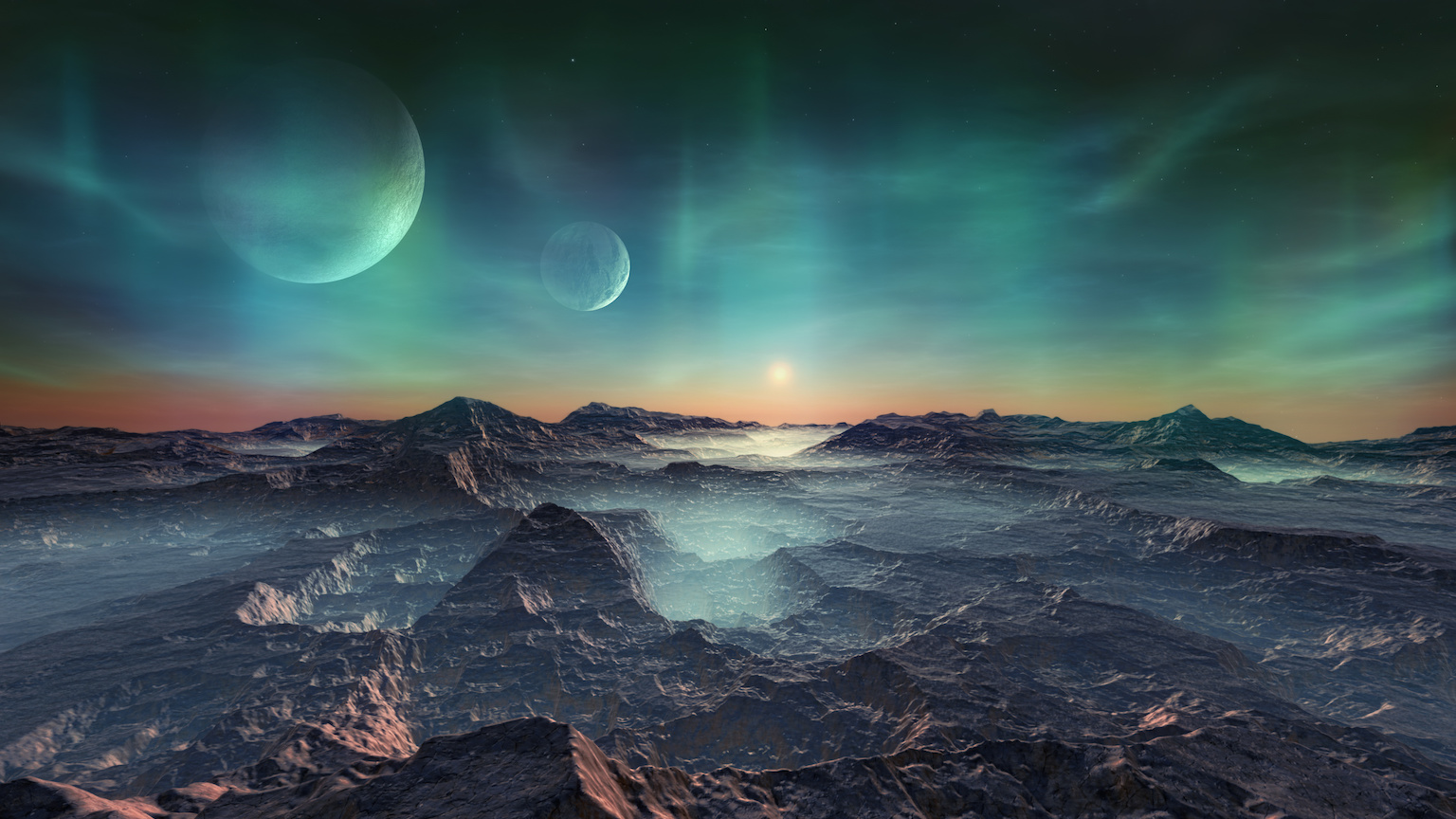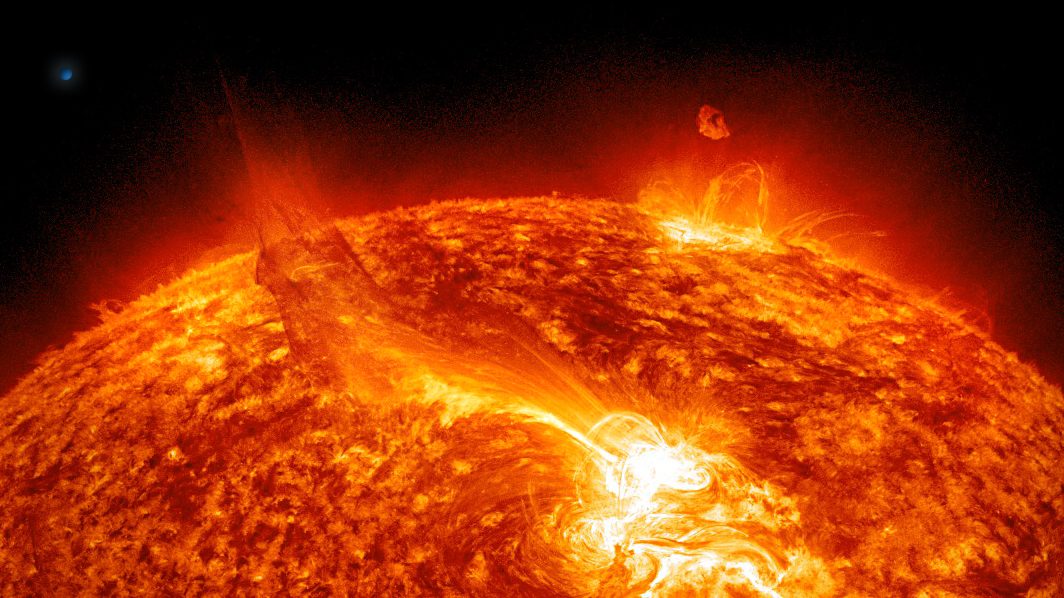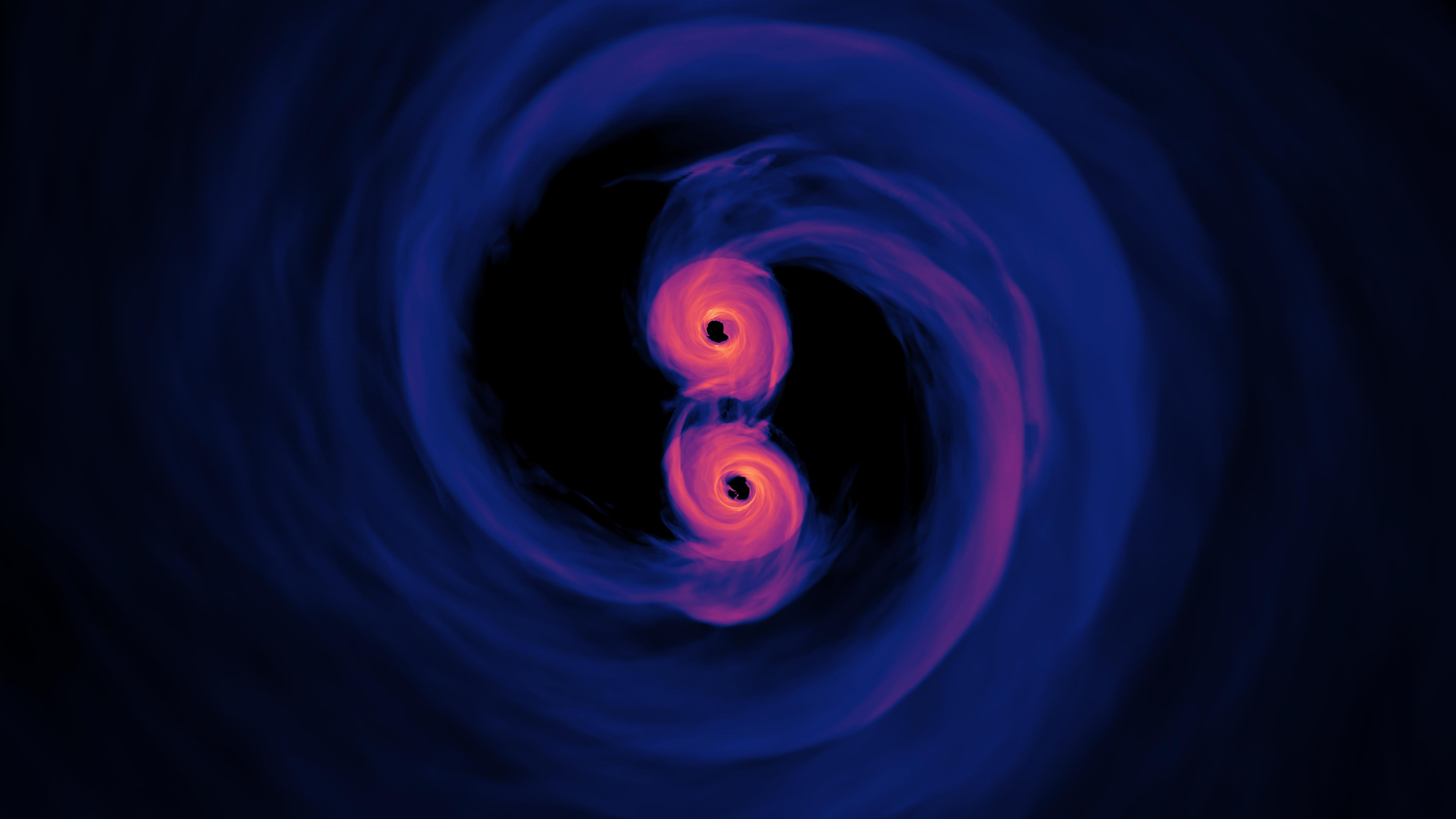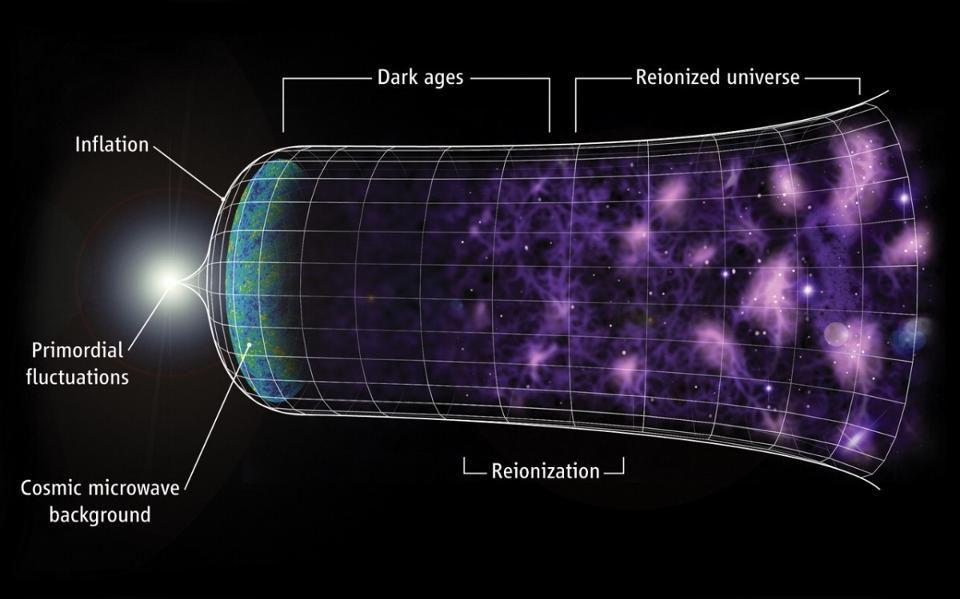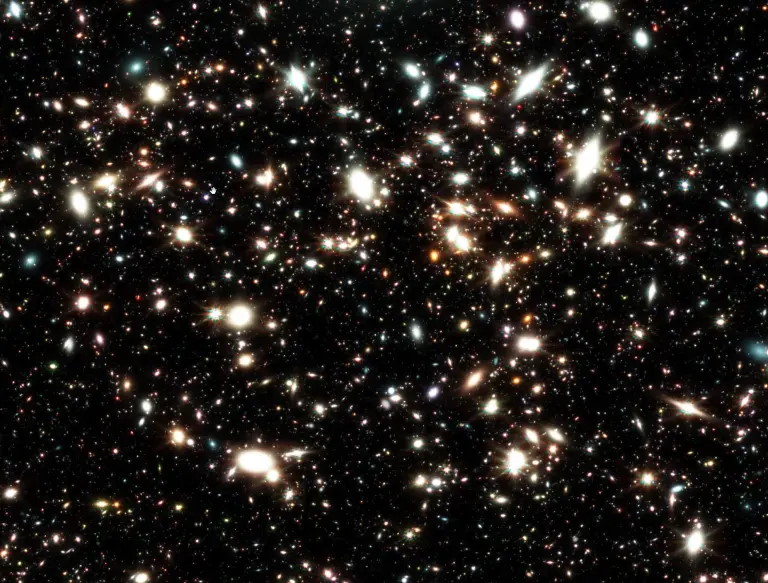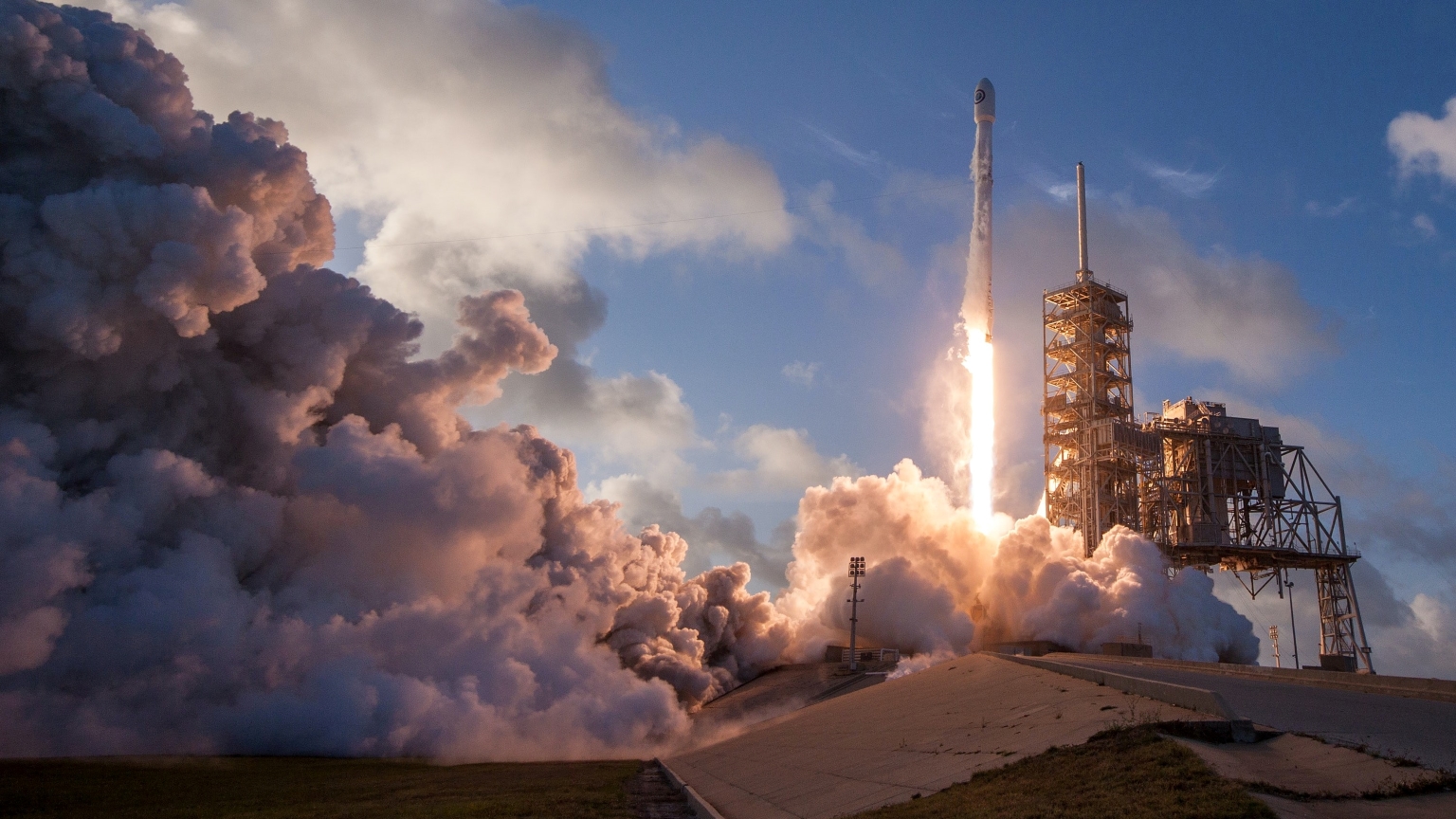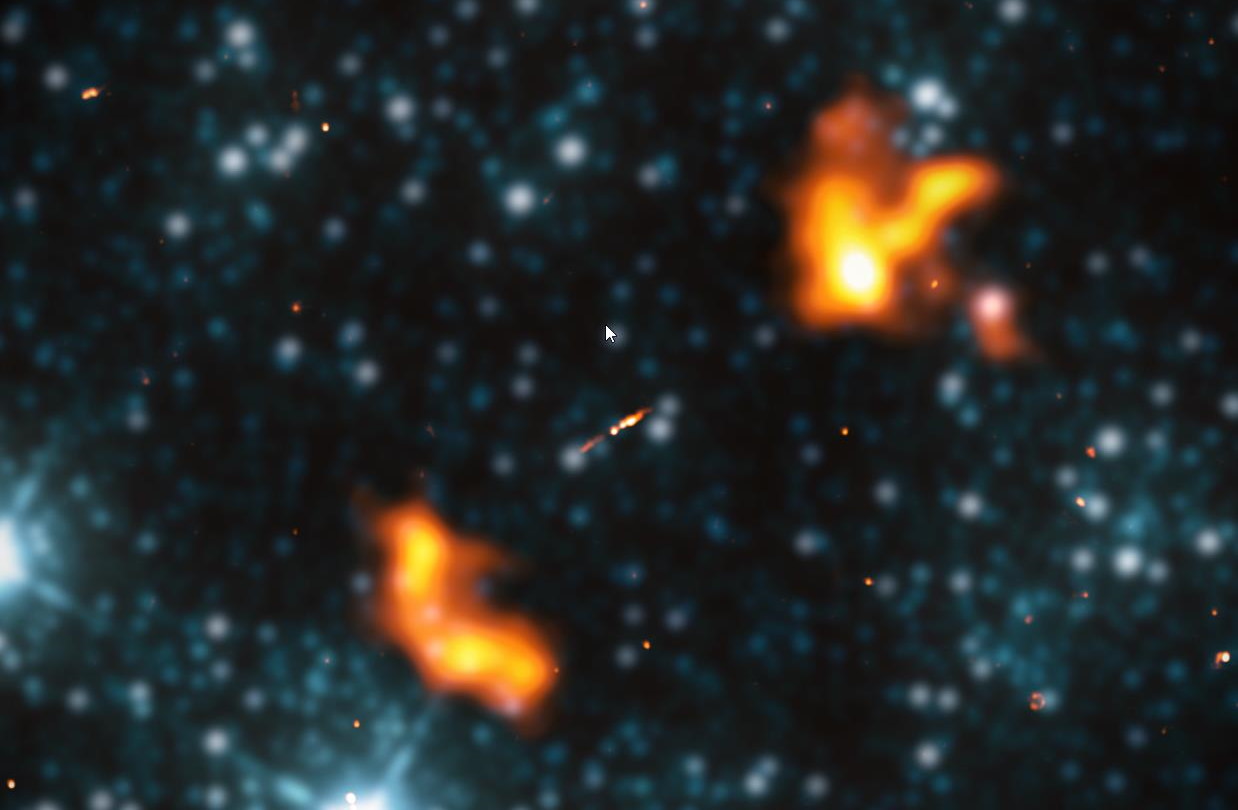As Marcel Proust said, “The real voyage of discovery… consists not in seeking new landscapes, but in having new eyes.”
Search Results
You searched for: Telescope
Astronomers in 2017 caught an image of a supermassive black hole in a galaxy far, far away. Doing it in our own galaxy is a huge milestone.
The farther away they get, the smaller distant galaxies look. But only up to a point, and beyond that, they appear larger again. Here’s how.
One book will gather all topics on the search for life in the Cosmos.
Here’s what recent DESI measurements suggest — and why it’s too early to update conventional predictions about the Universe’s distant future.
As technology advances, the use of laser weapons in space becomes more likely.
Take a peek at the pre-release images used to calibrate and commission JWST’s coldest instrument, now ready for full science operations.
Many galaxies really are ultra-distant, but some are just intrinsically red or dusty. Only with spectroscopy can JWST tell which is which.
Big dreams and big telescopes are back at last, but everything depends on sufficiently funding NASA, the NSF, and the DOE.
Thanks to time-traveling telescopes, we can see more about the Big Bang
▸
with
After 15 years of monitoring 68 objects known as millisecond pulsars, we’ve found the Universe’s background gravitational wave signal!
We’re used to scientists telling us about the math and physics behind astronomical events. But what does studying space make us feel?
With two different black hole event horizons now directly imaged, we can see that they are, in fact, rings, not disks. But why?
As viewed by the MeerKAT telescope, this radio view of the Milky Way blows away every other way we’ve ever seen our home galaxy.
Science continues to amplify our view of reality.
In 1995, Hubble peered at the Pillars of Creation, forever changing our view. Now in 2022, JWST completes the star-forming puzzle.
The LHC has a long, productive life ahead of it. An upgraded version, called the “High Luminosity LHC,” will be available in 2028.
Astronomers used supercomputers and an international network of antennas to create the stunning map.
Measurements of the acceleration of the universe don’t agree, stumping physicists working to understand the cosmic past and future. A new proposal seeks to better align these estimates — and is likely testable.
Observations of an enormous cosmic structure, dubbed the “Big Ring,” seem to violate the Copernican principle.
Even after the first stars form, those overdense regions gravitationally attract matter and also merge. Here’s how they grow into galaxies.
The brightest gamma-ray burst ever observed, GRB 221009A behaved in unexpected ways that might help us understand how they occur.
The first supernova ever discovered through its X-rays has an enormously powerful engine at its core. It’s unlike anything ever seen.
Earth is actively broadcasting and actively searching for intelligent civilizations. But could our technology even detect ourselves?
Recasting the iconic Carrington Event as just one of many superstorms in Earth’s past, scientists reveal the potential for even more massive eruptions from the sun.
So far, gravitational waves have revealed stellar mass black holes and neutron stars, plus a cosmic background. So much more is coming.
Today, our observable Universe extends for 46 billion light-years in all directions. But early on in our history, things were much smaller.
In the latest edition of the Starts With A Bang podcast, we talk with soon-to-be Dr. Arianna Long about galaxies, from birth to today.
Nearly 200 orbital launches are scheduled for 2022.
Move over, IC 1101. You may be impressively large, but you never stood a chance against the largest known galaxy: Alcyoneus.
